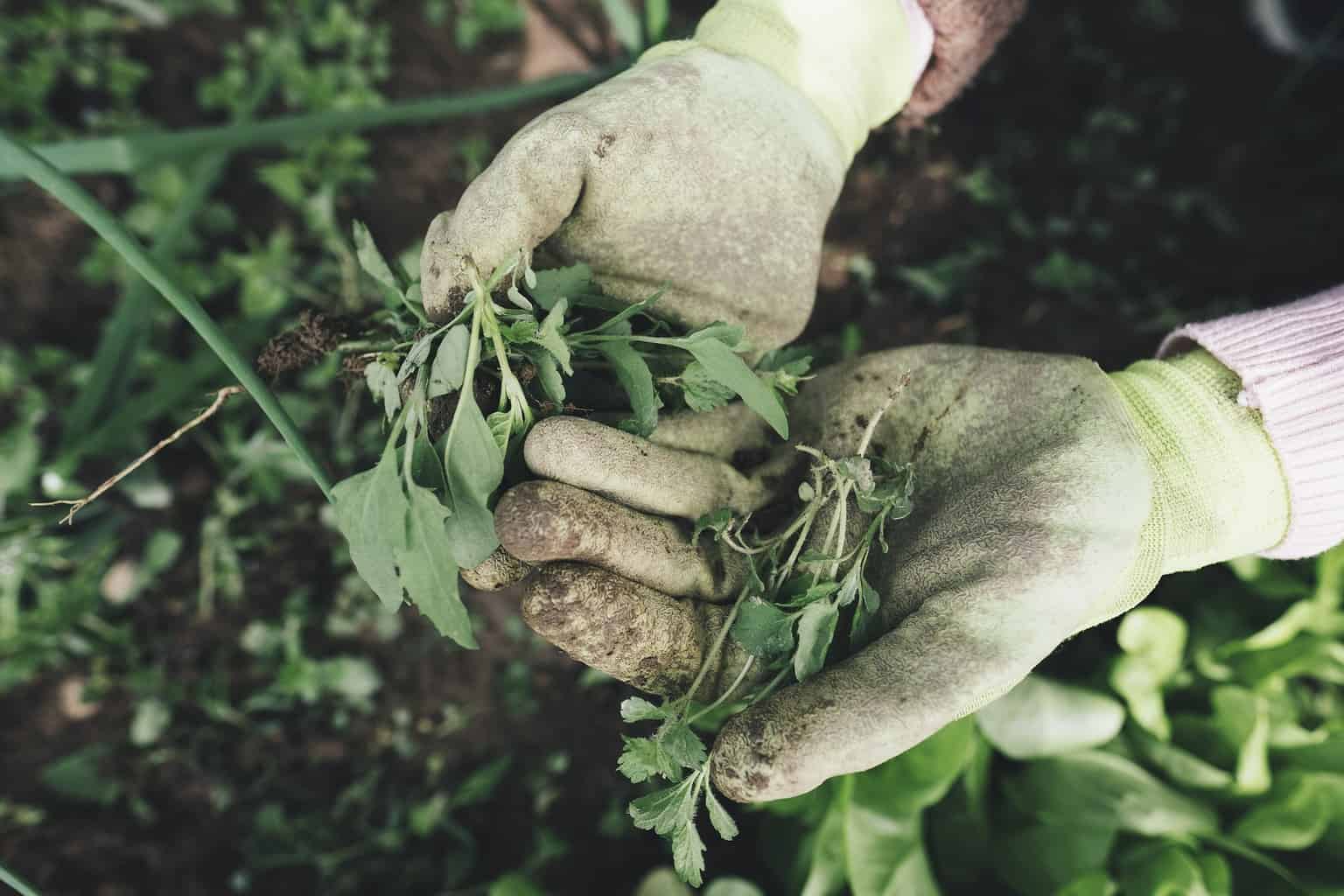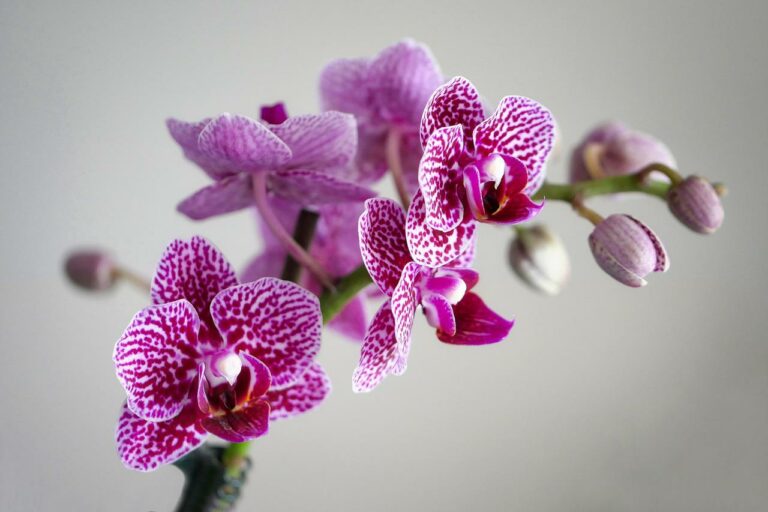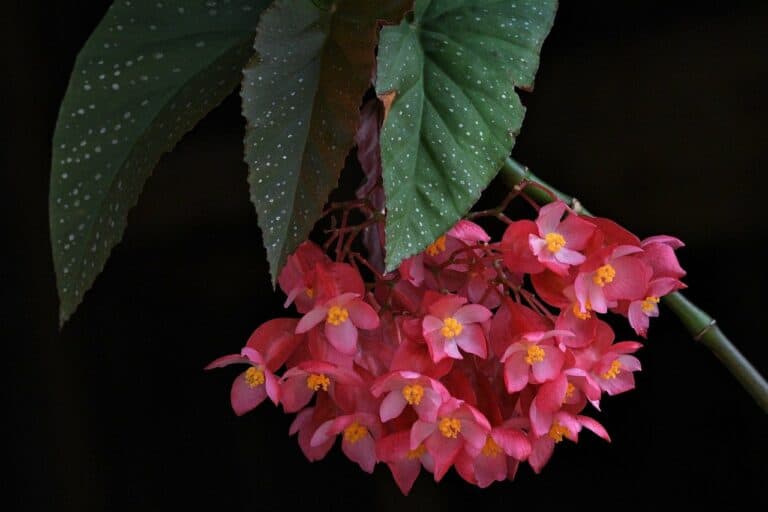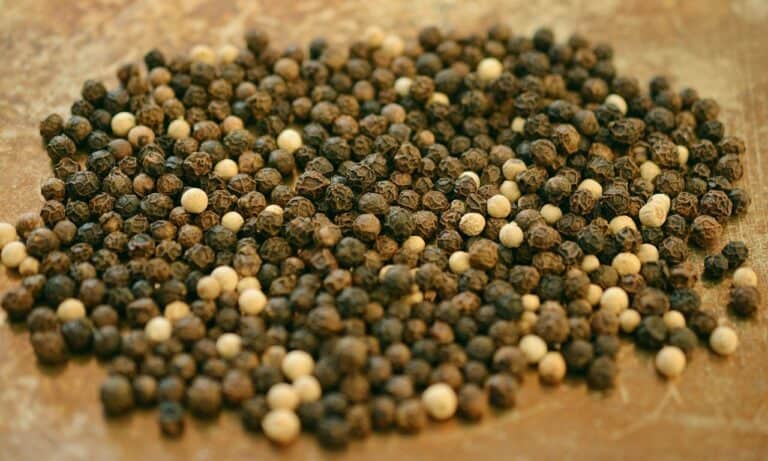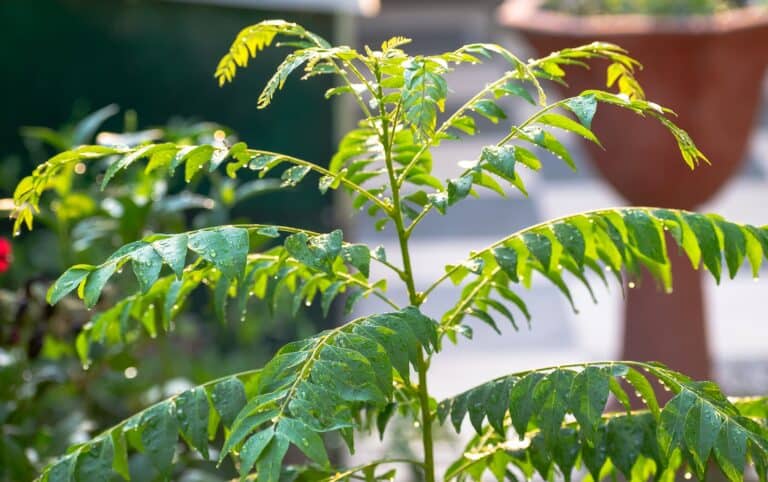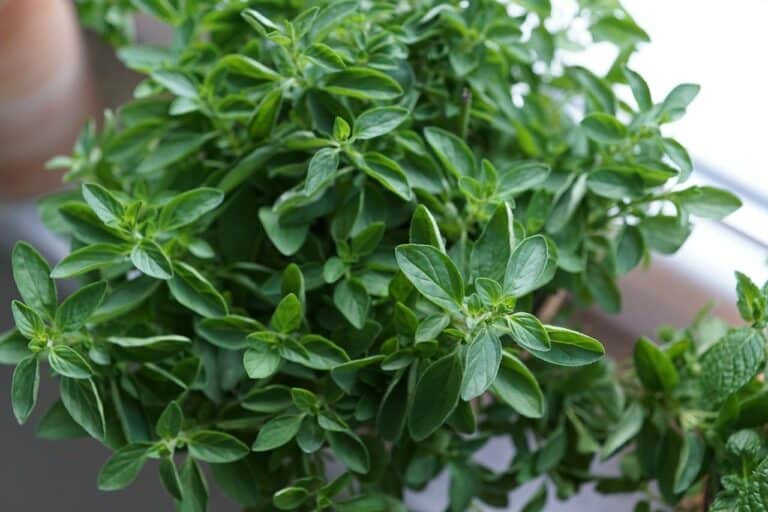Choosing the Best Location for Your Garden
After you’ve decided on the type of garden you want, there are several other factors to consider before working with your gardening tools. First, you must primarily select its location.
Several factors determine this, such as how you intend to water it, how much shade it requires, and so on. Some of these questions are crucial in deciding whether your garden will live or die, so don’t dismiss them. However, you must give each one special consideration.
The location of your garden in your yard is one of the most important decisions you will make. It is vital to select a place that will provide the perfect climate for your garden’s plants.
I don’t know what kind of garden you have, and If you do a Google search for the plant you’re dealing with, you can find some helpful resources. First, you’ll find many sites informing you about the ideal growing conditions. After that, it’s simply a matter of locating the shadiest or sunny spot in your yard.
Things to Consider When Starting a New Garden
Another consideration is how you intend to water your garden. If you already have a sprinkler system for your grass, I think it would be a good idea to put your garden in the center of your yard.
Also, Read The Top 10 Tips for Starting a Vegetable Garden
Be watered simultaneously, with no additional effort on your part. However, if this does not provide a suitable location for your garden, you may end up watering it with a hose or dragging a sprinkler out there.
Simply ensure that your garden is within the ideal distance for a hose to reach in this case. While this may not appear to be a good thing to base the entire location of your garden on, you’ll be surprised at how convenient it is to plan ahead of time.
Finding the ideal amount of shade for your garden can be difficult. Once you’ve decided where you want your garden to be, keep an eye on it and record how many hours it spends in sunlight and how many hours it spends in shade.
When you compare your findings to an online website, you should be able to determine whether the location you chose is suitable for planting and starting your garden. Of course, the amount will vary depending on the season, but this should give you a good idea of what to expect for the rest of the year. Later, if necessary, you can erect some type of shade to protect your garden from direct sunlight.
Other Garden Design Considerations
You’re one step closer to starting your garden once you’ve determined the best location for it, whether it gets enough sunlight, and whether you’ll be able to water it easily. Of course, there are other factors that I haven’t mentioned, but you should be able to decide whether your location is good or bad based on common sense. For example, consider this: Would I be able to thrive here if I were a plant? If you can honestly answer yes, I believe it is time to visit your local gardening store and purchase the necessary soil and fertilizer to get started! Have a good time!
So, now that you’ve decided on the type of garden you want, the location, and the fertilizer you’ll need, it’s time to get serious about choosing your garden environment.
First, choose a style for your garden barriers. Next, what sets your garden apart from the rest of the world? Following that, you’ll want to select your plant’s decorations and support.
To keep your plant upright, metal mesh is frequently required. You’ll also need to decide how much soil and fertilizer to buy, as well as how to arrange your garden’s plants.
Choosing a border is an essential first step in starting your garden. Although it does not affect plant health, having a garden is an aesthetically pleasing experience for many people.
As a result, you’ll have to choose between metal and wood in most cases. By stacking boards around the perimeter of your garden, you can create a nice cabin look. If you want a more modern look, you can get some metal lining for a reasonable price at your local home improvement store, and installation is moderately complex.
Finding something appealing to use as plant support can be more difficult. For example, a short metal pole can occasionally work, but for plants like tomatoes, you’ll need a wire mesh for it to pull itself upon.
These are available at any gardening store and are typically pre-shaped in a cone shape ideal for plants. The plant simply passes through it, and it usually lasts until the plant is large enough to support itself. Then, using a pair of wire cutters, merely cut it free.
Choosing how much soil to buy is a little simpler. To determine the ideal soil depth, look up information about your plants. Then, dig out that much soil from your garden, take measurements, and calculate how many cubic feet you’ll need. Finally, go to the store and buy it.
Ideally, include a few bags so you can replenish the supply if it compresses or runs out. If you live in an area where the soil is rough, dry, and devoid of nutrients, you should consider increasing the recommended depth by a few inches.
Your plant arrangement is critical to the success of your garden. I’m not talking about feng shui here, but depending on how you water, some plants may consume all of the water, leaving the others high and dry.
Some plants have longer roots and are more aggressive in collecting water than others. If one of these plants is planted near another with weaker, shorter roots, it will quickly take over the water supply and choke out the other plant.
I hope I’ve persuaded you that location isn’t the only factor to consider when designing a garden. Numerous other factors may not appear to be significant, but considering them may change the outcome of your garden.
So, if you’re planning to build a garden, research some of the factors I’ve mentioned using whatever resources you have available (the library, the internet, and magazines).


